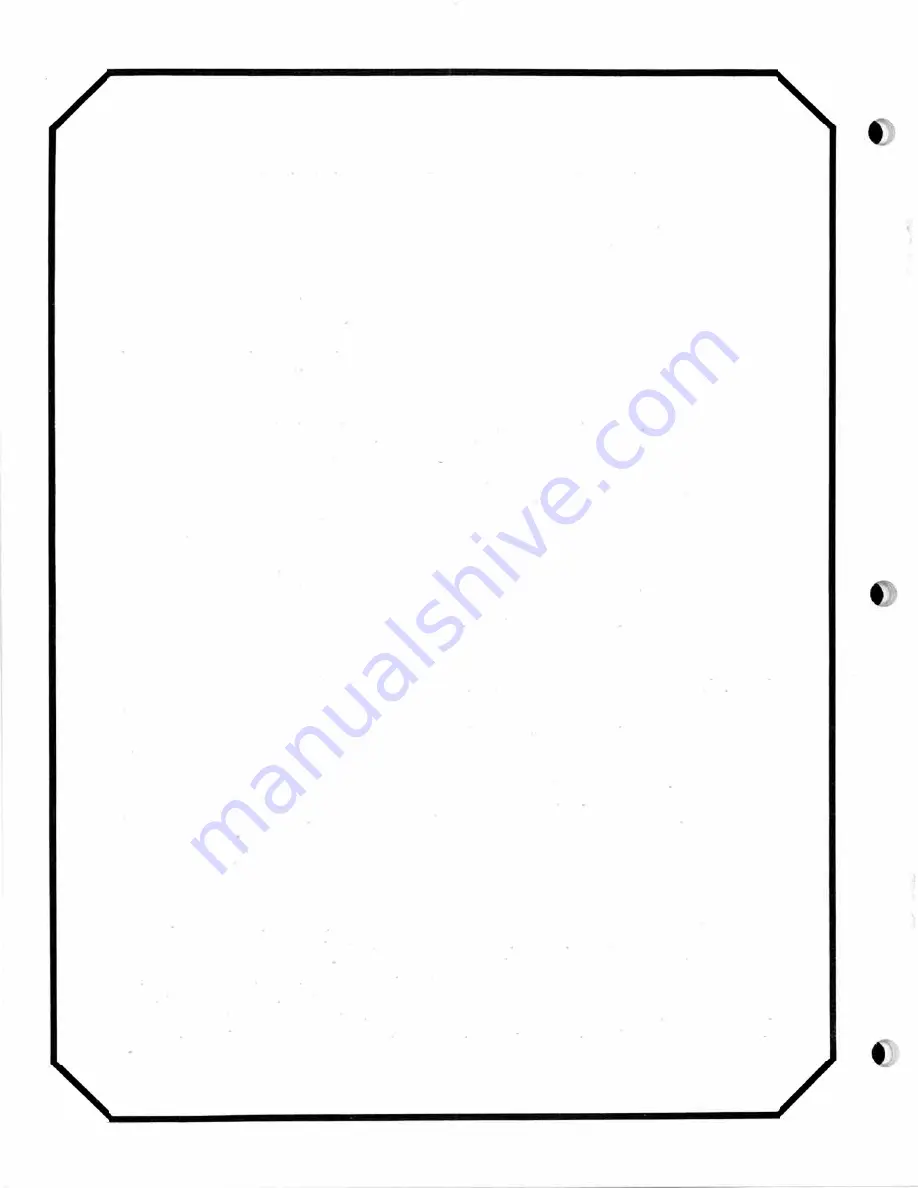
111-3. Time Delay Adjustment Procedures.
Before jumping feet first into the realm of time delay and how to adjust it, it might help to
spend a moment here to re-affirm
why
on earth this delay is really necessary. For a detailed and
enjoyable short course on time delay, Linkwitz-Riley and other mouth-watering details, we
urge you to pick up a free copy of Rane Note 107. Ask your dealer or write to us here at the
factory. In the way of summary, a few words are in order here to outline the basic effects of time
delay in crossovers.
Problems pop up when two different speakers emit the same frequency as occurs in the
crossover regions of two, three, four and five way systems. Because the two drivers are
displaced vertically, cancellation occurs somewhere off-axis because the sound waves have to
travel different distances from the two speakers and hence, will arrive out of phase. This forms
a "lobe" or radiation pattern, bounded on either side by cancellation lines or axes, which
narrow the dispersion pattern or listening area of the speaker.
Fine. So we put up with it. But to make matters worse, when the two drivers are
horizontally
displaced -- that is, one is in the front of or behind the other, this" lobe" or dispersion patte·rn
gets Tl
L
TED (usually upward) toward the driver that is further behind. This gets hard to put up
with, because the end result is that your speaker system will have two, three, four or more tilted
radiation patterns and only two or three people in the house will have decent seats. And we' re
not talking trivial pursuits here -- this rampant lobing error can make a sound system a real
headache, to listener and operator alike.
The idea, then, is to be sure that all drivers are vertically aligned and that all components are
always in phase. Then all the main lobes are on-axis, well behaved, and the system enjoys the
widest possible dispersion pattern so that everyone gets good sound. The one catch is that in
many cases it is physically or otherwise impossible to get all the drivers vertically lined up at the
sound source. TH IS is where time delay comes in.
By electronically delaying the signal going to the driver up front enough time is allowed for the
sound from the rear driver to literally catch up to the forward driver's voice coil, so that signal
from both drivers is emitted in phase. And it works! Time delay can make an appreciable
improvement in overall sound. The trick is finding the proper amount of time delay: hence the
rest of this section.
Unfortunately the amount of time delay is a function of TWO factors (life ceased to be simple
after age 9, right?): the amount of horizontal displacement between driver voice coils, AND
the actual crossover frequency involved. Setting delay controls by ear is supposedly possible,
but VERY tricky and unreliable. The following methods are a couple of (but by no means all)
means of setting time delay.
111-3.1. Time Delay Adjustment Using Realtime Analyzer and Pink Noise.
This method outlines the use of a realtime analyzer, pink noise generator and flat response
microphone to set crossover time delay. Some references will be made to Rane Models RE 27,
RE 14 and RA 27 analyzer systems for those with the intelligence and good taste to use one of
these regularly. The procedure applies to virtually any analyzer system. We recommend using
a one-third or two-thirds octave analyzer as either of these is more likely to match your specific
crossover points than a one-octave analyzer. And it IS important to match the analyzer to the
crossover point as closely as possible for proper phase alignment otherwise the analyzer
readings may be misleading.
17
Summary of Contents for AC 22
Page 1: ...lo AC 22 and AC 23 ACTIVE CROSSOVERS OPERATING AND SERVICE MANUAL IIANE C OR P OR A T I O N ...
Page 2: ......
Page 3: ......
Page 4: ......
Page 5: ......
Page 9: ......
Page 15: ......
Page 17: ......
Page 20: ......
Page 21: ......
Page 23: ......
Page 24: ......
Page 25: ......
Page 26: ......
Page 27: ......



























